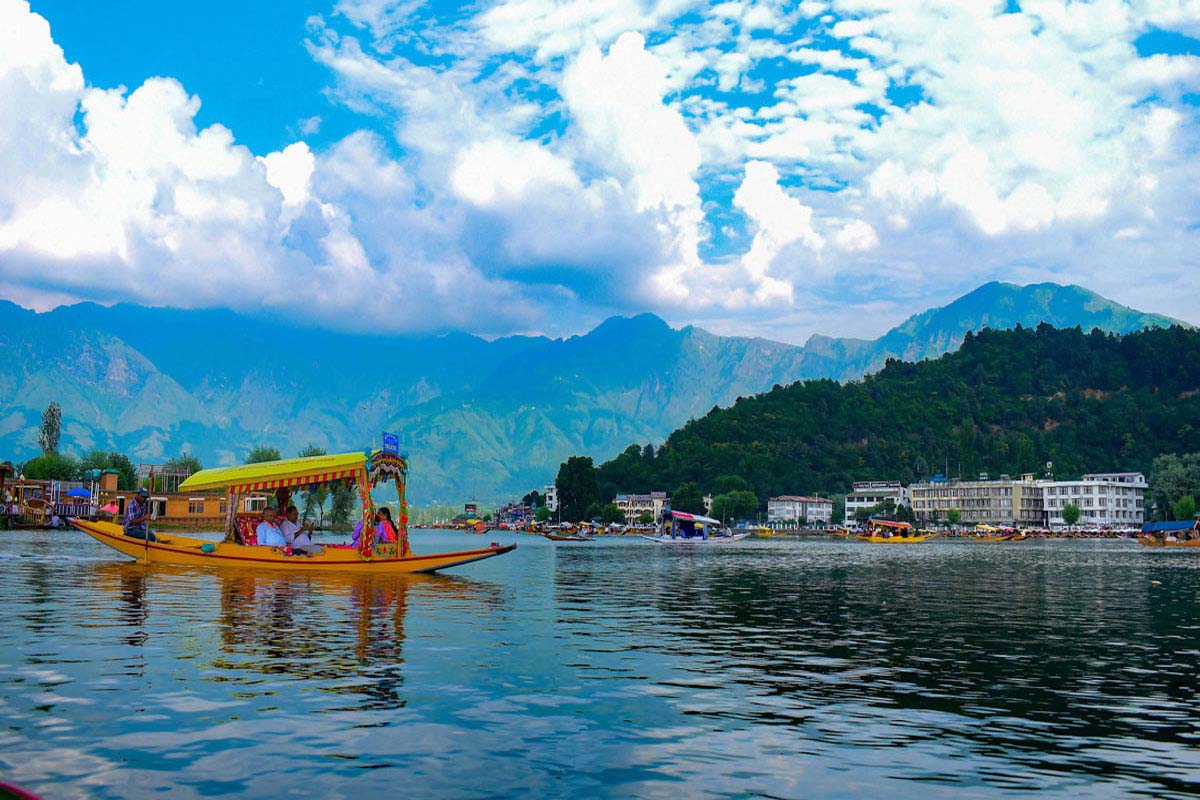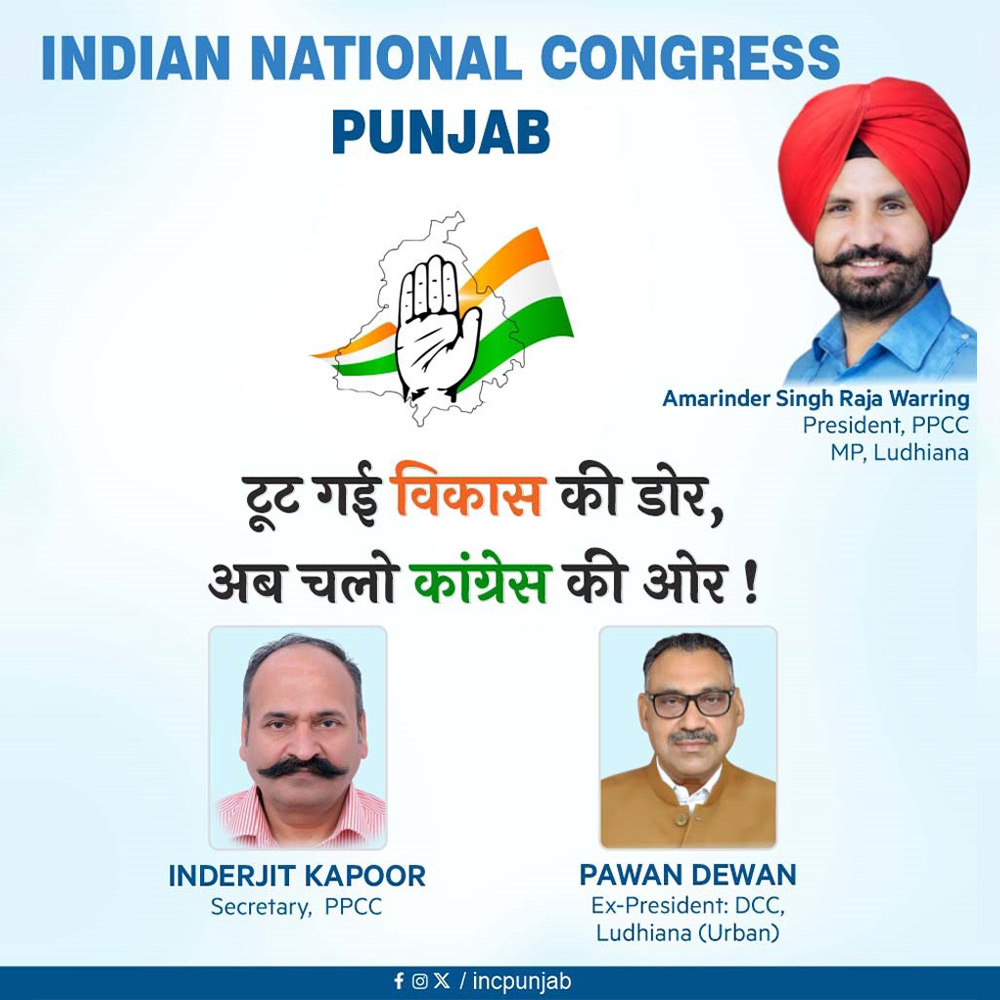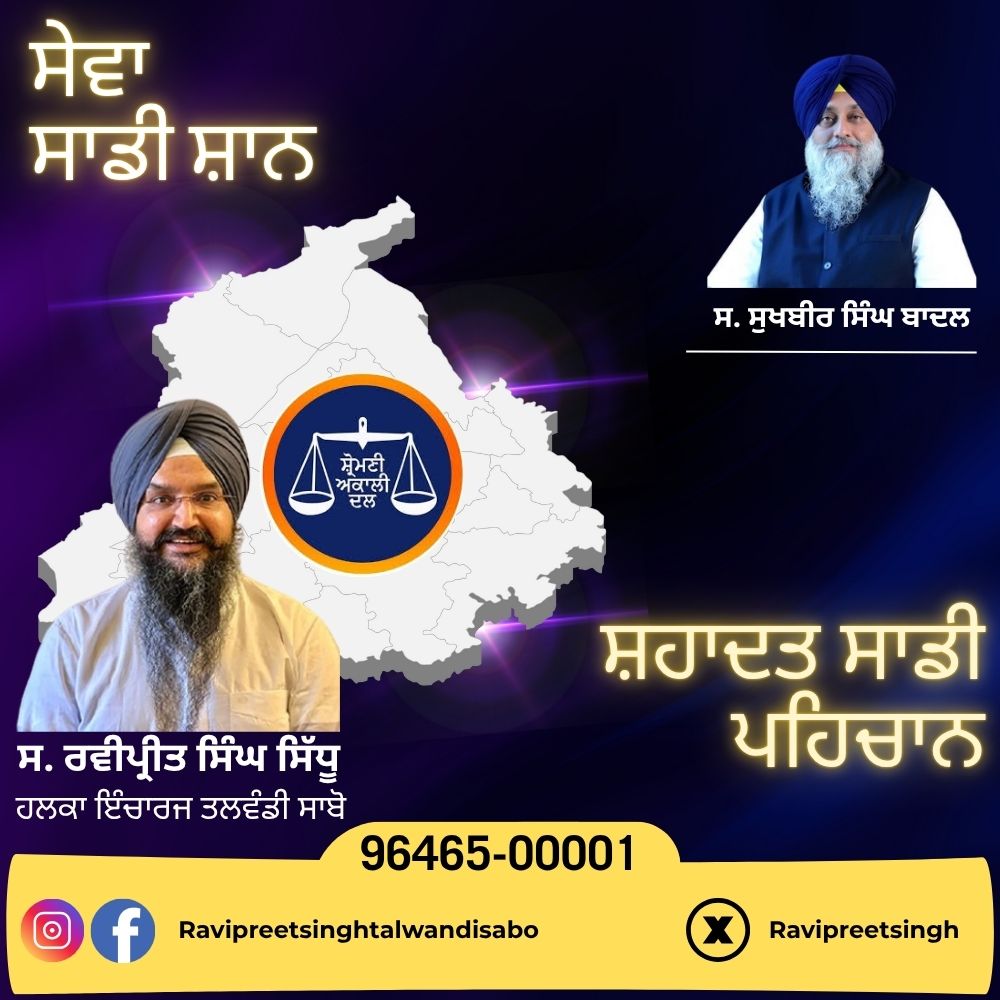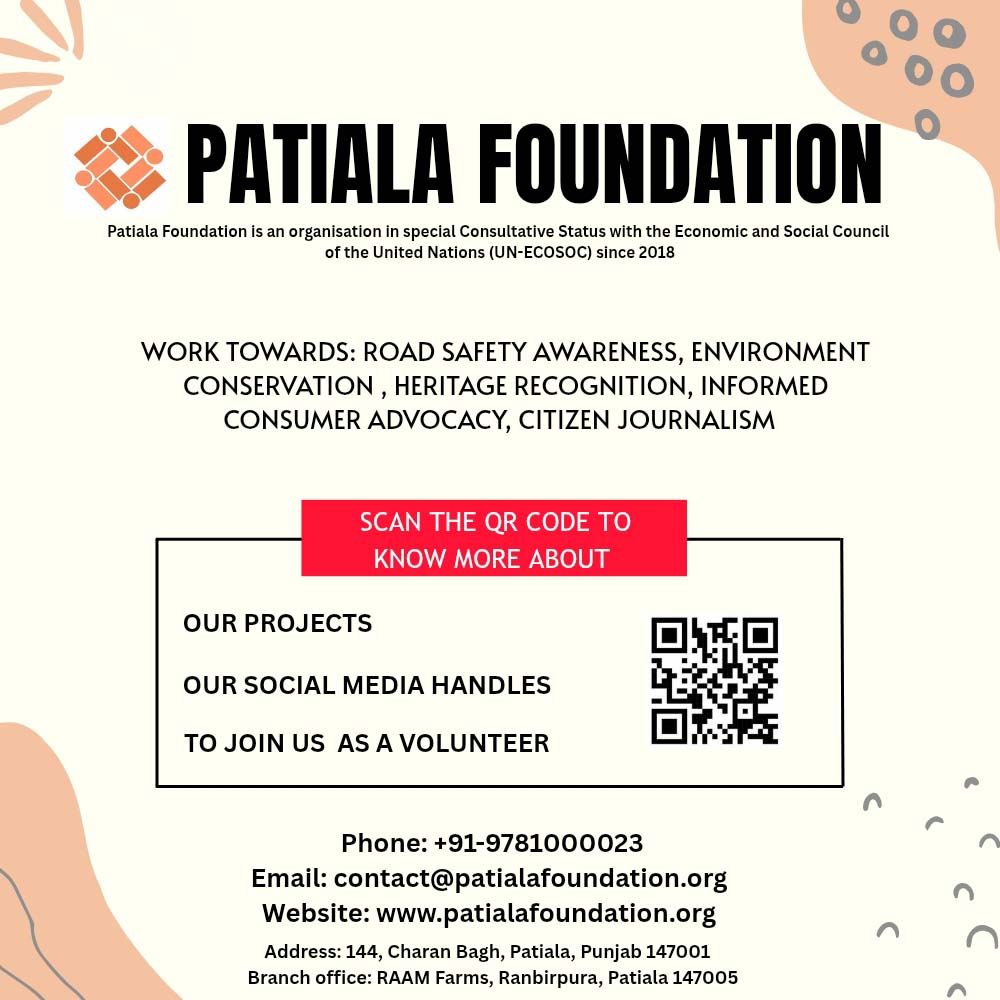Every October 27, each year the Pakistani government comes out with a standard statement on Kashmir that the people there have the “right to self-determination” to decide and choose whether they should remain with India or Pakistan. The ritual was repeated this year as well, after the completion of 78 years of Kashmir’s accession with India.
Pakistan Prime Minister Shahbaz Sharif came out with a similar statement saying, “every year the 27th of October marks the darkest day in the history of Kashmir. It was on this day, seventy-eight years ago, that the Indian Occupation Forces landed in Srinagar and annexed it – a tragic chapter in human history that continues to this day. Ever since that fateful day, India continues to deny the Kashmiri people their inalienable right to self-determination, as enshrined in numerous resolutions of the United Nations Security Council”.
But the Pakistani leadership conveniently forgets that it was their founder, Mohammad Ali Jinnah, described as Qaed-e-Azam (the greatest leader) who rejected the idea of plebiscite/self determination for the people of Kashmir along with those of Junagadh and Hyderabad states.
As it was decided that the fate of the states was left to their respective rulers who, under the Indian Independence Act, were given the right to choose between any of the two countries, India or Pakistan, Jinnah assumed that Junagadh and Hyderabad having Muslim rulers will automatically join Pakistan. Both the states had predominantly Hindu population.
Jinnah may seem to have risked Kashmir, which was a Muslim majority state, but with a significant number of non-Muslims like Hindus and Sikhs, by rejecting the idea of plebiscite. But his intentions were actually different. Since he had taken the accession of Hyderabad and Junagadh for granted owing to the Muslim rulers there, he was confident enough to “force” the Hindu ruler of Jammu and Kashmir, Maharaja Hari Singh also to accede to Pakistan by hook or by crook.
Jinnah tried to use ‘carrot and stick’ against Hari Singh. He signed a ‘Standstill Agreement’ with the Maharaja, assuring him that Pakistan will not attack or occupy his land forcibly. This was a trap as Maharaja believed Jinnah’s words. It is a much known fact that the Maharaja wanted to remain independent. He was biding his time. Otherwise, he would have acceded with India well in time and prevented the disaster and devastation that his ambiguous stand led to.
But he was outsmarted by Jinnah, who ordered the forcible annexation of the State of Jammu and Kashmir by the tribesmen of the North Western Frontier Province guided by Pakistan’s regular army. Jinnah’s original idea was to kidnap Hari Singh and force him to sign accession with Pakistan. However, Jinnah’s plan did not work as Hari Singh signed the Instrument of Accession with India on October 26, 1947 and Indian Army landed in Srinagar on October 27 and repulsed the tribesmen and the Pakistani Army.
The Indian Independence Act was categorically clear that the fate of the states was to be decided by their respective rules only. So it was left to their discretion. The same way, the Maharaja of Jammu and Kashmir acceded with India, although he took some extra time to decide. Accession of Jammu and Kashmir with the union of India was like the accession of other states across the country. It was made complex for unexplained reasons.
It took the country 70 years to correct a wrong that was committed by incorporating a “special status” for the state of Jammu and Kashmir through Article 370, which was rightly abrogated on August 5, 2019. While the constitution itself spelt out that Article 370 was temporary, but a perception had been created that it was permanent. The Indian Independence Act had not made any provision for “conditional accession” for any of the states that Article 370 tried to suggest.
India, in fact, should not have agreed to plebiscite in the United Nations. Mehr Chand Mahajan, a former Prime Minister of the State of Jammu and Kashmir who later became the third Chief Justice of India writes in his autobiography, “Looking Back”, “speaking purely from the constitutional point of view, I do not see what power the Indian Government had to enter into such an agreement with Pakistan on the floor of the Security Council and how such an undertaking can be considered binding either on India or on the State of Kashmir which had an independent status before accession”.
The “business of Kashmir” dispute is already a closed chapter. In fact, it should have been closed the day Maharaja Hari Singh signed the Instrument of Accession. But there were multiple factors and forces, which were at play that time. It was not just the beauty of Kashmir that was tempting, its strategic location was most important of all. It will be the biggest blunder to assume that there were just three players, India, Pakistan and the Maharaja at play that time.
Good that India on August 5, 2019 closed all the chapters for good and corrected a series of wrongs that had been committed during the last seventy years.
Yes, there is another chapter and that is about the parts of Kashmir which are under Pakistan’s occupation and need to be liberated at any cost. The parliament of India passed a resolution on February 22, 1994 declaring “the State of Jammu and Kashmir has been, is and shall be an integral part of India and any attempts to separate it from the rest of the country will be resisted by all necessary means”.
The resolution also demanded that Pakistan “must vacate the areas of the Indian State of Jammu and Kashmir which they have occupied through aggression”. This is high time not only to reaffirm the February 22, but take proactive action to implement it.






















